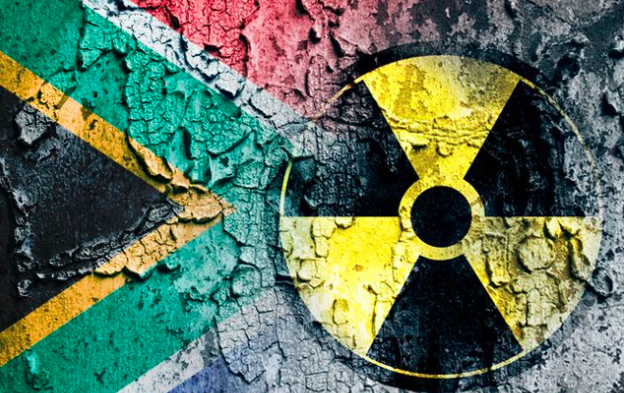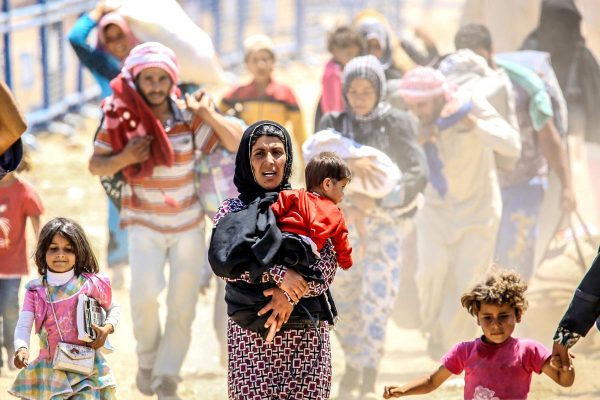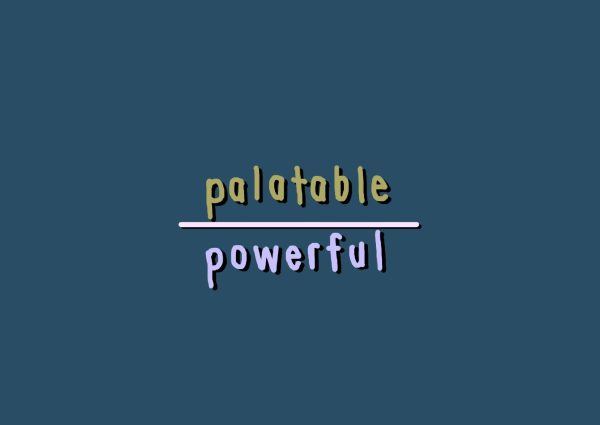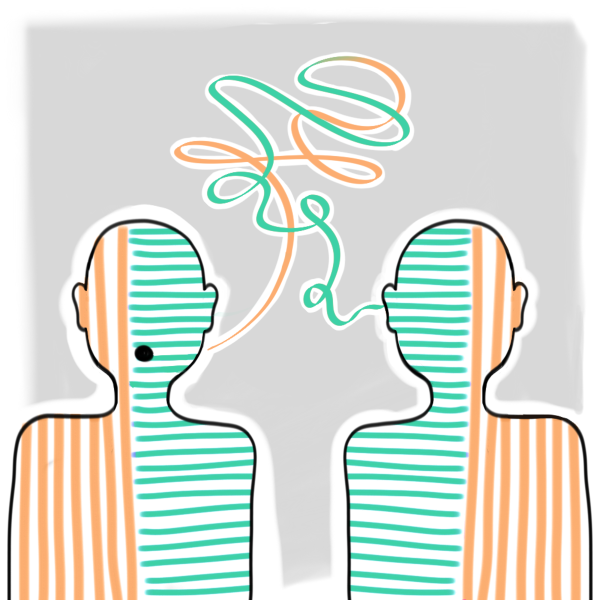When Power Defeats Peace
The world has made incredible headway in the advancement of technology that benefits all of our lives. In the past century, technology has benefited humans in ways of transportation, communication, and education. Although these advances may seem flawless, the progression of technology can also be a dangerous thing. Advancements in technology are responsible for many of the things that divide us. For instance, technology can be held responsible for one of the most devastating weapons of all time, the atomic bomb. The terror of nuclear weapons has divided, shattered, intimidated, and terrorized nations across the globe for nearly a century. Although the most dangerous weapon of all time has only been used once, countries around the world have seen how much havoc it can cause, how many lives it can affect, and how much disharmony it can perpetuate. The invention and use of the atomic bomb – the most dangerous weapon ever unleashed – has changed the course of history. And only one country that acquired this technology has voluntarily abolished its arsenal.
The first, and only, usage of an atomic bomb was in 1945, when the United States government bombed Hiroshima and Nagasaki, killing approximately 200,000 people, over a period of 2-3 months, according to the Yale Law Library. The United States government argued that the atomic bombings of the cities of Hiroshima and Nagasaki was necessary to end the war. Other sources dispute this claim. But certainly, the use of these terrible weapons sent the world a message: that the US, and the US alone, had weapons that could devastate mankind. In 1945, the United States was the only country that had produced and assembled nuclear weapons, which made it the biggest fish in a small pond. For years and years, The United States of America’s possession of atomic bombs severely intimidated other countries, until the production of nuclear weaponry expanded elsewhere.
Throughout the following decades, a handful of countries around the world began to obtain nuclear power and produce nuclear weapons. In the 1980s, South Africa became the first African country to build nuclear bombs. According to the Nuclear Threat Initiative, In 1993, the current president of South Africa, F.W De Klerk, admitted that South Africa had pursued a nuclear weapons program from 1974 through 1990 as, “a deterrent to counter a perceived Soviet threat in the region.” Opponents of the world’s last white-minority regime argued that in fact, South Africa’s nuclear weapons arsenal was meant to terrorize and intimidate the frontline states and people fighting for a democratic society. At the time, South Africa was still being run by the corrupt and power-hungry Apartheid government, who took advantage of South Africa’s plentiful resources to construct 6 nuclear bombs. One year later, after the Apartheid regime had ceased, Nelson Mandela was elected as the first black president of South Africa. Less than a year into President Mandela’s presidency, South Africa voluntarily abandoned its nuclear weapons program, joined the Treaty on the Non-Proliferation of Nuclear Weapons, and allowed for international inspections of its previous nuclear weapons program. In 1998, Nelson Mandela delivered a speech to the United Nations, in support of the non-proliferation of nuclear weapons. He asked and challenged the council by asking, “These terrible and terrifying weapons of mass destruction – why do they need them anyway?” During such a revolutionary time in the country, South Africa had become the first state in world history to voluntarily relinquish all nuclear arms it itself had developed. The dismantlement of nuclear weapons in South Africa saw the country rejoice, and take a step forward in its commitment to peace. South Africa is the only African country to own a commercial nuclear power plant, which supplies a marginal amount of the country’s electricity. South Africa’s ambitious vision is to counterbalance the distribution of nuclear power and coal in electricity supply. Within the last 2-3 decades, South Africa has epitomized the non-proliferation of nuclear weapons, and should be seen as an example for countries across the world.
Throughout the course of history, people have seen how dangerous nuclear weapons are, but have also seen that the aspiration to demolish them can be accomplished. As nuclear tensions rise within the UnitedNations, an increasing number of countries have made rapid and unreasonable decisions concerning their usage of nuclear power. For example, from the early 1960s to the late ’80s, the United States possessed some 25,000 nuclear warheads—more than enough to eradicate every city, town, and village crossroads in the Soviet Union many times over. If tension continues to grow, and rulers do not reflect on how atomic bombs have divided the world, history will repeat itself in a way more devastating than any soul can imagine.

Hello! My name is Keletso Rosenberg, and I joined SSFS at the start of my sophomore year. I was born and raised in South Africa, and I moved to the States...











